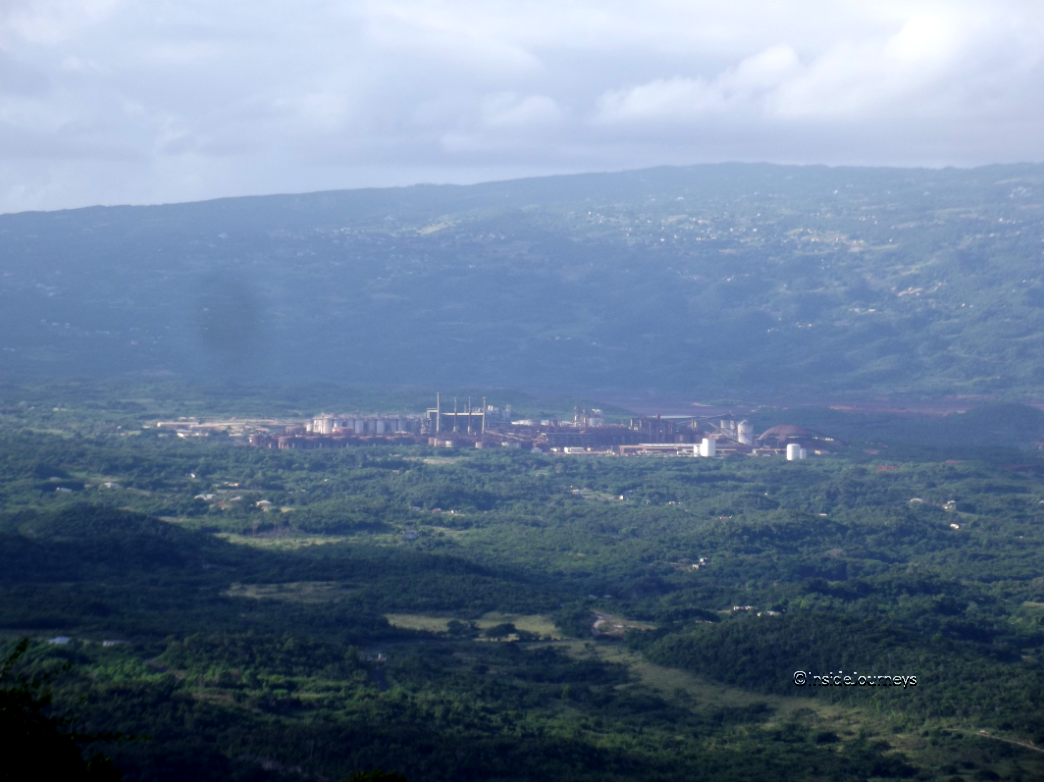If an order was delivered to you in error, would you keep it?

That was the question the residents of Hanover had to answer when they received this clock instead of the one they ordered. The mistake wasn’t theirs of course. It seems that the captain of the ship that was taking the clock they received, a gift from Germany to the people of the island of St. Lucia, got confused and delivered it to Lucea instead of St. Lucia.
It was an honest mistake on the captain’s part. Lucea, the capital of the parish of Hanover, had been known at various times as Sant Lucea, St. Lucia, and St. Lucea. I’m not sure what it was being called then but I can easily see how the captain could’ve become confused, especially since Jamaica was probably better known than St. Lucia.
Unfortunately, for the St. Lucians, the people of Lucea fell in love with the clock, which was designed to resemble the helmet worn by the German Royal Guard, and decided to keep it — the one they had ordered was more modest — and took up a collection to pay for the difference in cost. A German landowner paid for the tower and the clock was installed in 1817. It is an eye catching landmark that seems has been watching over the town of Lucea for almost 200 years.
No word on what the St. Lucians thought of the Hanoverians’ highjacking of their clock or if theirs still stands.
While most towns in Jamaica still have their clock tower, none has as fascinating a history as the one in Lucea.
This is my submission to Travel Photo Thursday, which is organized by Nancie at Budget Travelers Sandbox. Be sure to head over and check out more photos from locations around the world.
This week, I’m also linking up with the Friday Daydreaming series organized by Becca at Rwethereyetmom. Hope to see you there!




























